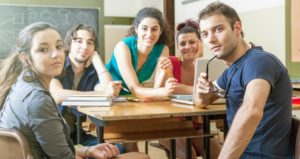The Teaching-Learning Synergy
This weekend I saw a diagram with visual representations of teacher-centered instruction juxtaposed to graphics illustrating learner-centered approaches. I heard myself telling someone that I used to think of them as separate, and I still see value in understanding the differences between them. But thinking



